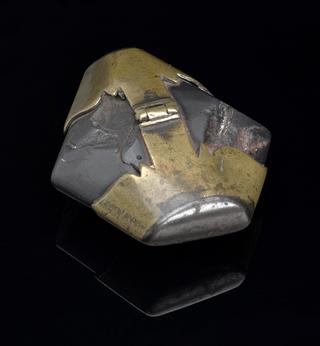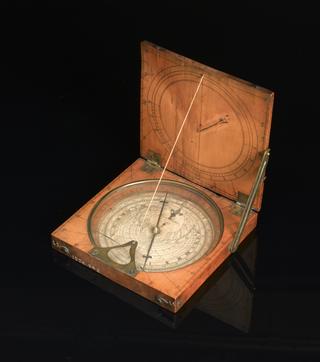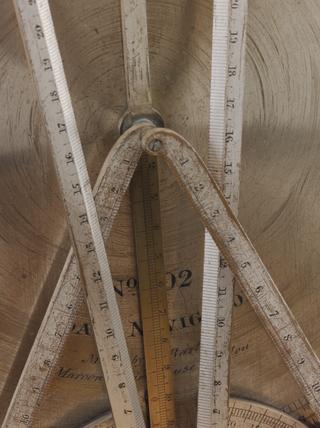
Baker type aircraft sextant.

Air sextant, Baker type, in fitted rectangular wooden case with label on lid (cleaning instructions for prisms & filters) and leather carrying strap, made by Henry Hughes and Son Ltd, London, England, 1917-1922. Designed by Instructor-Commander T. Y. Baker, R.N., it consists of a vertical black-lacquered brass tube (291 mm). This houses a telescope with fixed horizon prism at the lower end, and two index prisms at the upper part (moved by a worm gear) and is fitted with three shade filters (2 blue, 1 green). Designed to eliminate the dip of the horizon, a considerable problem from aircraft. . In use, the observer sees the image of the sun that appears halfway between the two horizons (one from opposite direction), by which dip is eliminated. Formerly the property of Sir Arthur Whitten Brown (1886-1948), the navigator on the first successful non-stop Transatlantic flight, in 1919.
Details
- Category:
- Navigation
- Object Number:
- 1974-263
- type:
- aircraft sextant
- credit:
- R.A.F. Association (Swansea & District Branch)




